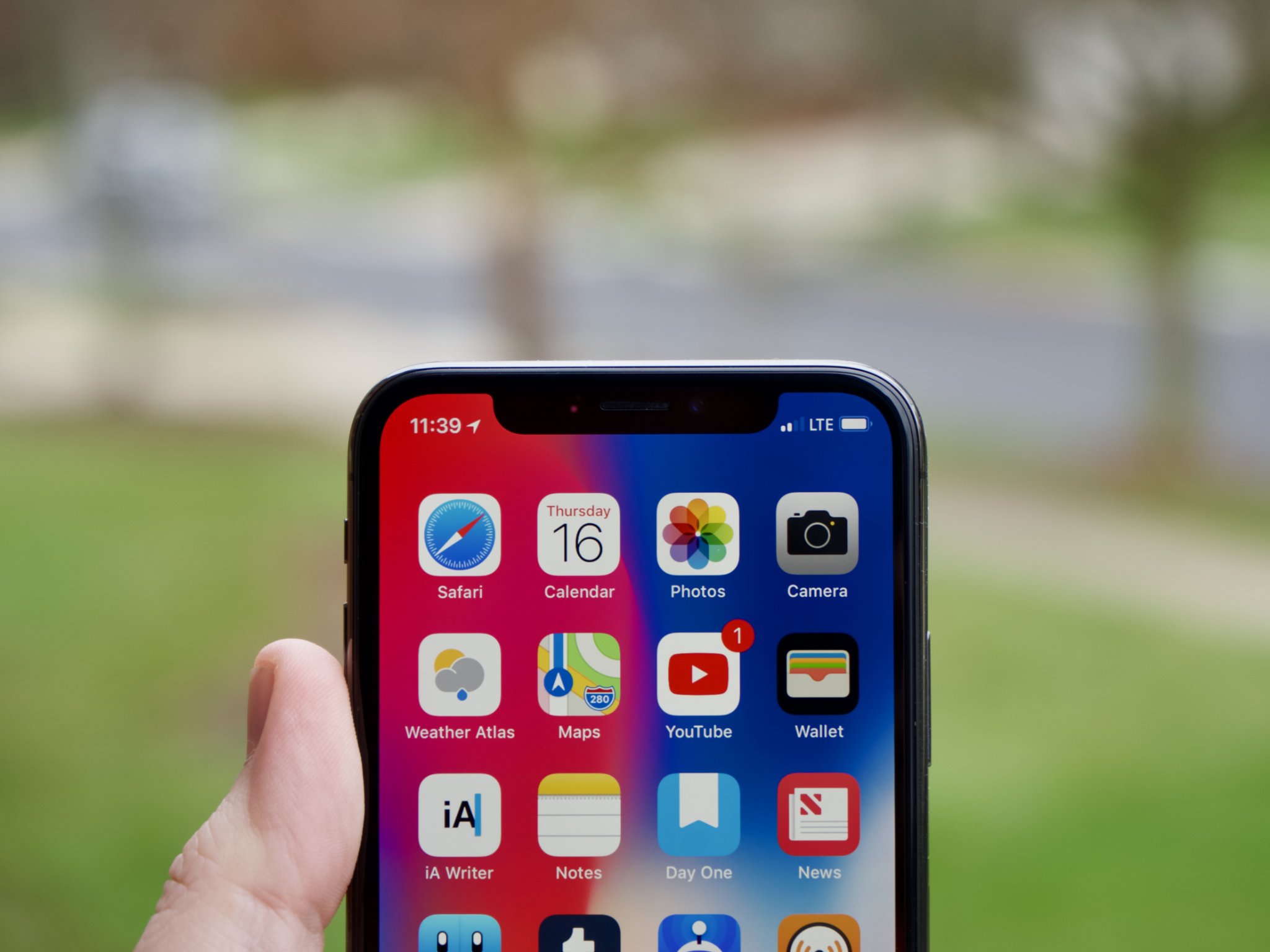With iOS 16, Apple finally fixes Face ID's glaring problem

What you need to know
- Apple is enabling landscape Face ID support with iOS 16.
- The big iOS 16 update is expected to ship to the public this fall.
- It isn't clear which iPhones will support the feature.
Face ID is pretty sweet, we can mostly agree on that. But it's had one glaring problem since it was introduced alongside iPhone X in 2017 — you need to hold your iPhone in portrait mode for it to work. But not anymore!
When Apple ships iOS 16 later this year we can expect to be able to use our iPhones in landscape mode and still take advantage of Face ID. Apple didn't say anything about the feature during its WWDC22 opening keynote announcement of iOS 16, but it's hidden midway down the list of features on Apple's website.
Face ID works in landscape on supported iPhone models.
Short and sweet, right? Apple isn't saying what those supported iPhone models are, but we can expect iPhone 13 to be good to go. You need an iPhone 12 or later to use Face ID while wearing a mask, so maybe those devices will be good to go here, too. Maybe? We shall see.
Apple's initial developer beta is now available for download and a public beta release is penciled in for next month so it's likely we'll learn more about this change as people begin to test the feature for themselves. Face ID was already one of the best iPhone security features to date, but using it in some situations was a pain. Landscape support will change all of that and now we just need to wait for Apple to ship the update this fall.
Master your iPhone in minutes
iMore offers spot-on advice and guidance from our team of experts, with decades of Apple device experience to lean on. Learn more with iMore!

Oliver Haslam has written about Apple and the wider technology business for more than a decade with bylines on How-To Geek, PC Mag, iDownloadBlog, and many more. He has also been published in print for Macworld, including cover stories. At iMore, Oliver is involved in daily news coverage and, not being short of opinions, has been known to 'explain' those thoughts in more detail, too. Having grown up using PCs and spending far too much money on graphics card and flashy RAM, Oliver switched to the Mac with a G5 iMac and hasn't looked back. Since then he's seen the growth of the smartphone world, backed by iPhone, and new product categories come and go. Current expertise includes iOS, macOS, streaming services, and pretty much anything that has a battery or plugs into a wall. Oliver also covers mobile gaming for iMore, with Apple Arcade a particular focus. He's been gaming since the Atari 2600 days and still struggles to comprehend the fact he can play console quality titles on his pocket computer.
